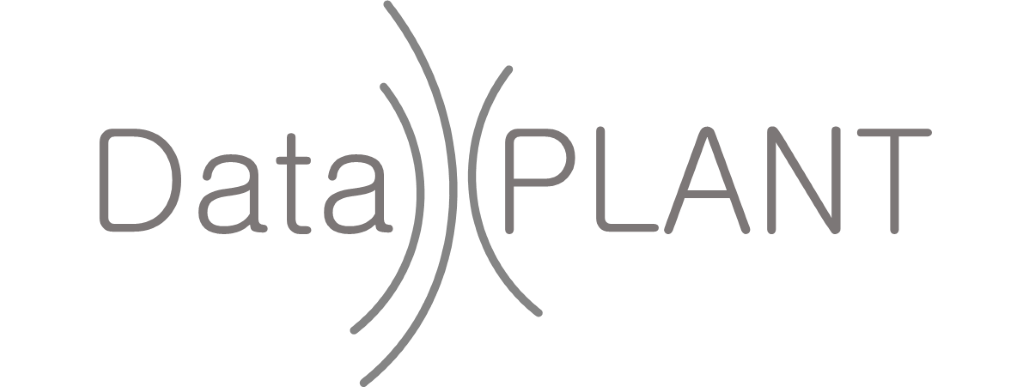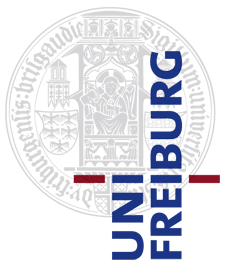In this blog post, we will explain how you can get your software tool into a Galaxy server and with this, exposed to thousands of researchers.
For this purpose, we will follow David’s steps to add the very generic UNIX diff tool to Galaxy.
The first step to getting your software tool deployed into a Galaxy instance is to develop a Conda package for it. Conda is the de facto standard in many different communities to deploy software easily and reproducibly. The European Galaxy team is heavily involved in the conda-forge and Bioconda projects and Galaxy does have built-in support for both channels. If your software tool is from the Biomedical domain, we recommend the Bioconda channel. Otherwise, create a Conda package for conda-forge. Here, David has created the following Pull Request (PR) against the conda-forge repo:
Step 1 - the Conda package: https://github.com/conda-forge/staged-recipes/pull/11170
After merging, a diffutils repository is created and the Conda package is available usually within 30 min.
The second step is to create the Galaxy wrapper. A Galaxy wrapper is a formal description of all inputs, outputs and parameters of your tool, so that Galaxy can generate a GUI out of it and later a command to send to the cluster. You will find a tutorial on how to create such a wrapper in the planemo documentation. The community has created a few best-practices for Galaxy wrapper development and we recommend to follow them as this will ensure your tools are high-quality and can be deployed at the big public Galaxy servers. David has created the following PR was created against a public repository that collects a variety of different tools.
Step 2 - the Galaxy wrapper: https://github.com/bgruening/galaxytools/pull/966
We recommend the submission of your tool to one of the bigger community projects like the ones listed below. This has the advantage that you will most likely get a review and can improve your tool, but also get some infrastructure for automated testing and ToolShed deployment for free.
Other repositories with Galaxy tools:
- IUC repo
- Björn Grüning’s repo
- Peter Cock’s repos:
- Metabolomics
- Proteomics
- Colibread Galaxy Tools
- Greg von Kuster’s repo
- EI repo
- AAFC-MBB Canada repo
- Mark Einon’s repo
- National Microbiology Laboratory’s repo
Once David’s Galaxy wrapper PR passed all tests and was merged, it was automatically pushed to the Galaxy ToolShed, an app store for Galaxy. From there, every Galaxy instance can install tools (apps).
Furthermore, a bot is automatically creating (Bio)Containers (Docker, rkt and Singularity) by tracking all Galaxy tools to ensure that a container exists for each tool. You can see the bot in action in the following PR:
Automatic containers: https://github.com/BioContainers/multi-package-containers/pull/1236
Last but not least, David wanted to get the Galaxy diff tool into the European Galaxy server.
For that, a new PR was created against the tool repository from usegalaxy-eu.
Step 3 - request for installation: https://github.com/usegalaxy-eu/usegalaxy-eu-tools/pull/318
Once this is merged, another bot installs all the new tools but also tool updates automatically every Saturday.
As a result, the installed diff tool can be used on the European Galaxy server following this link: https://usegalaxy.eu/root?tool_id=diff
That’s it - 3 steps to get your tool exposed to thousands of researchers!




